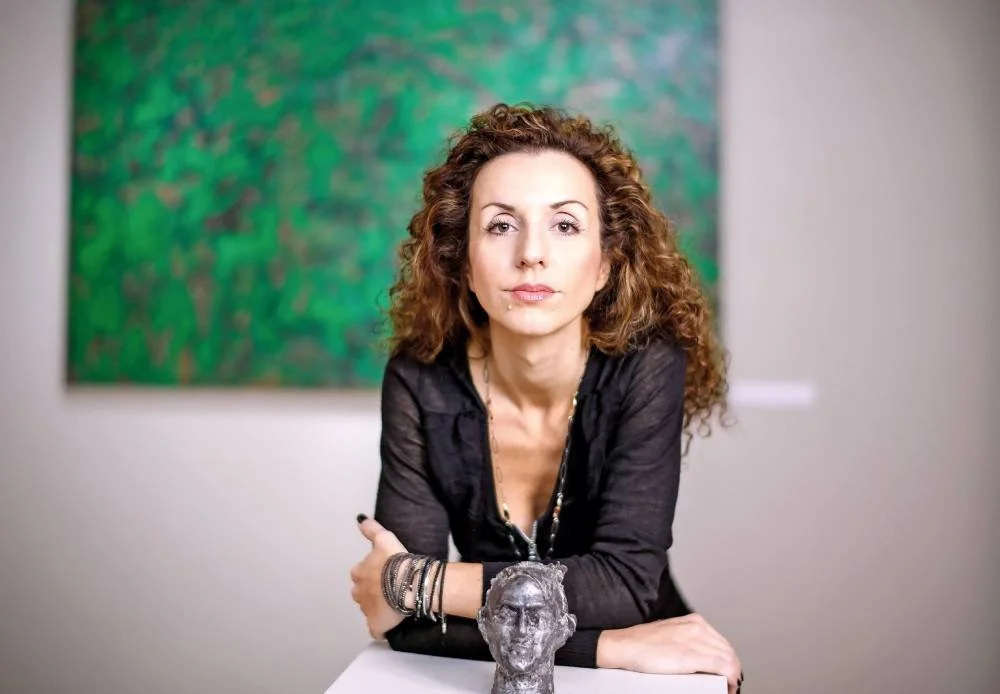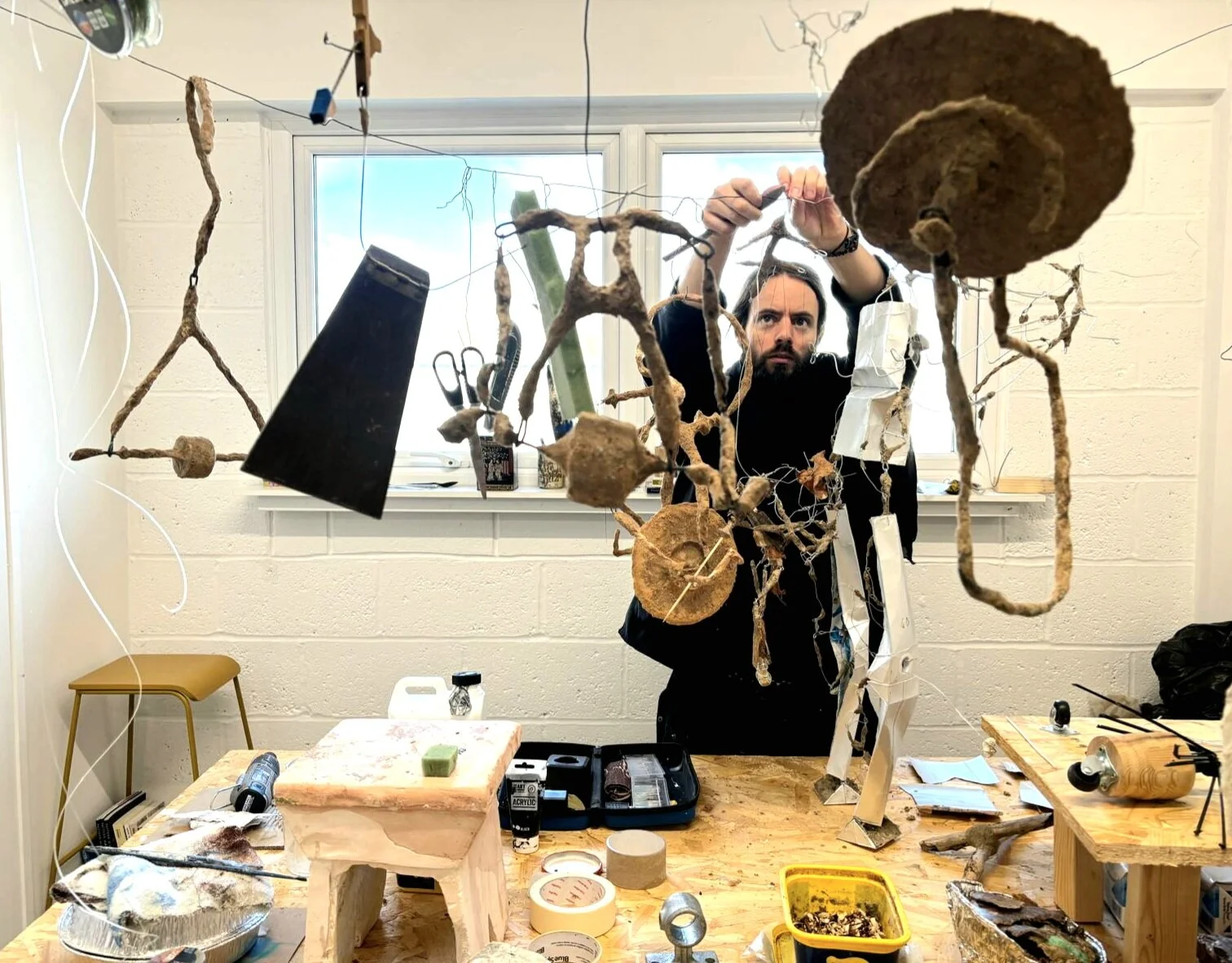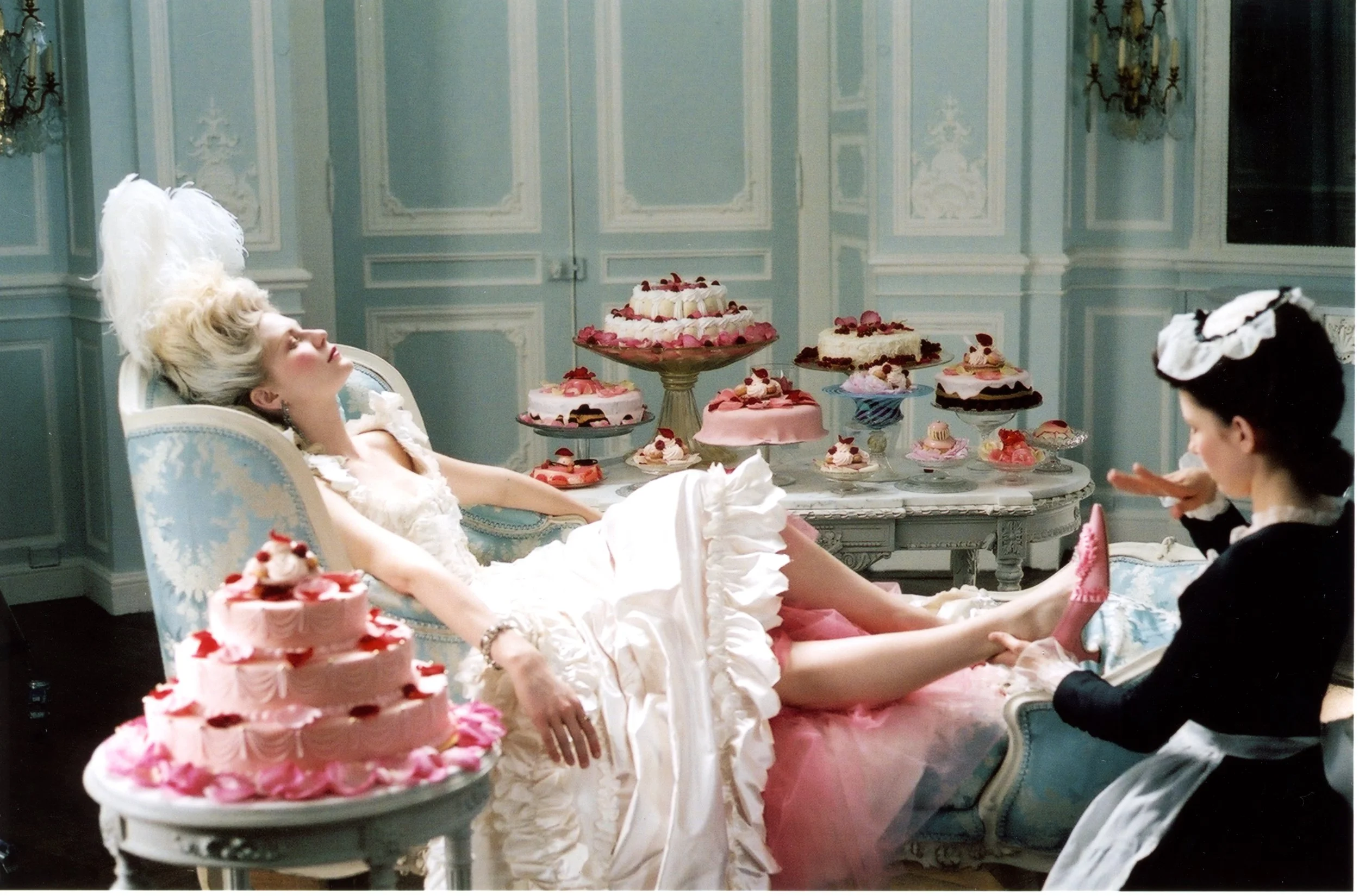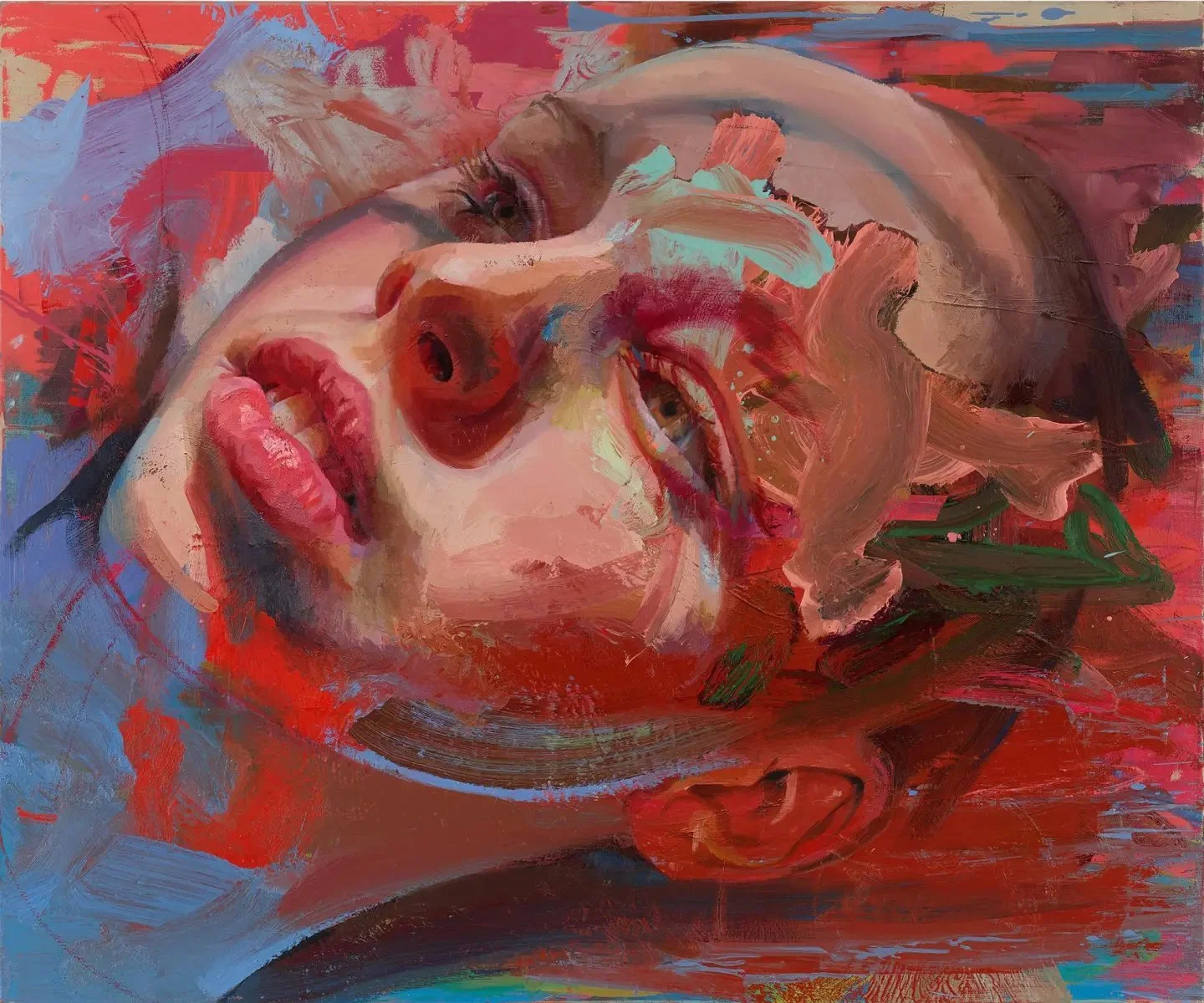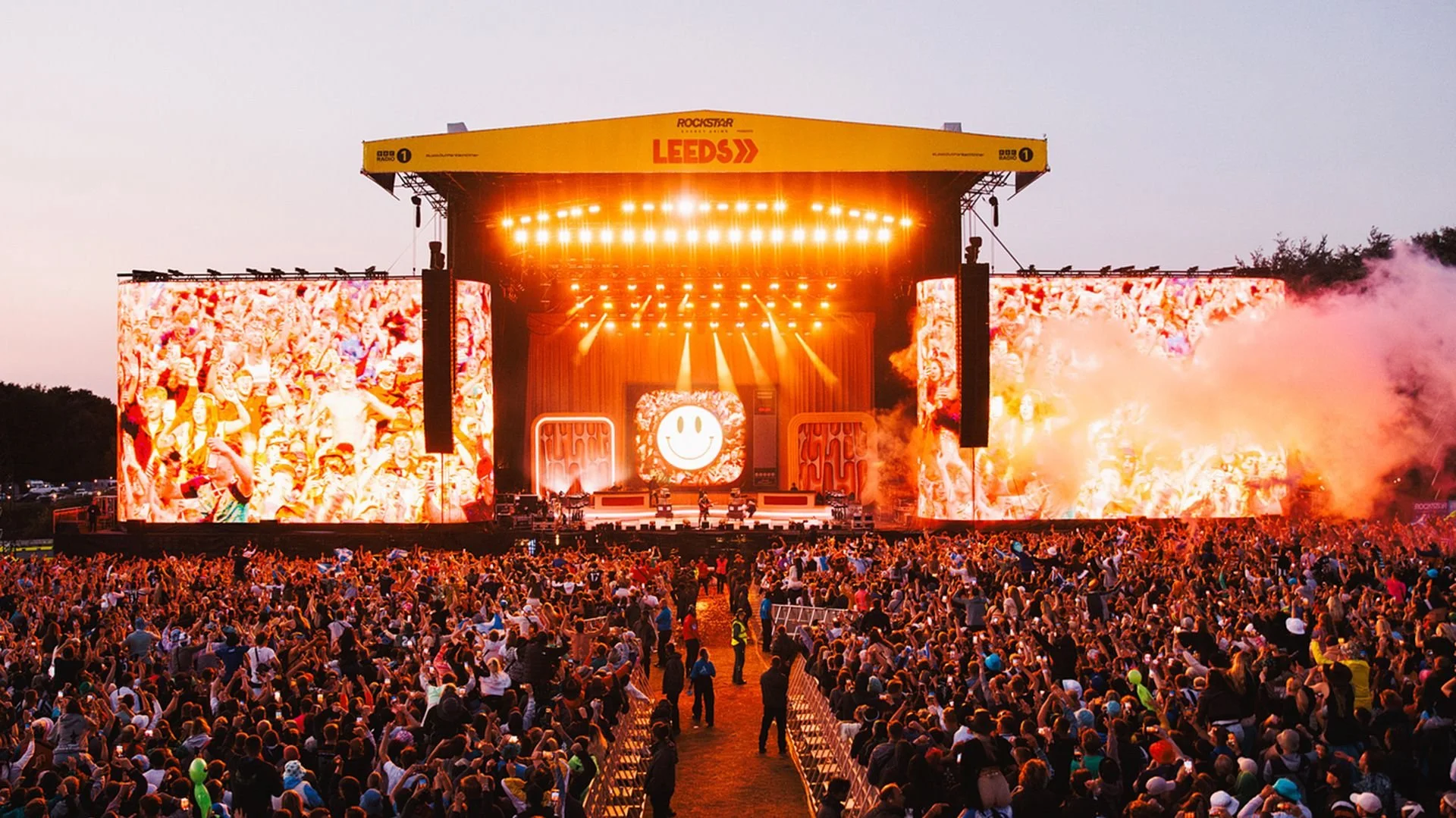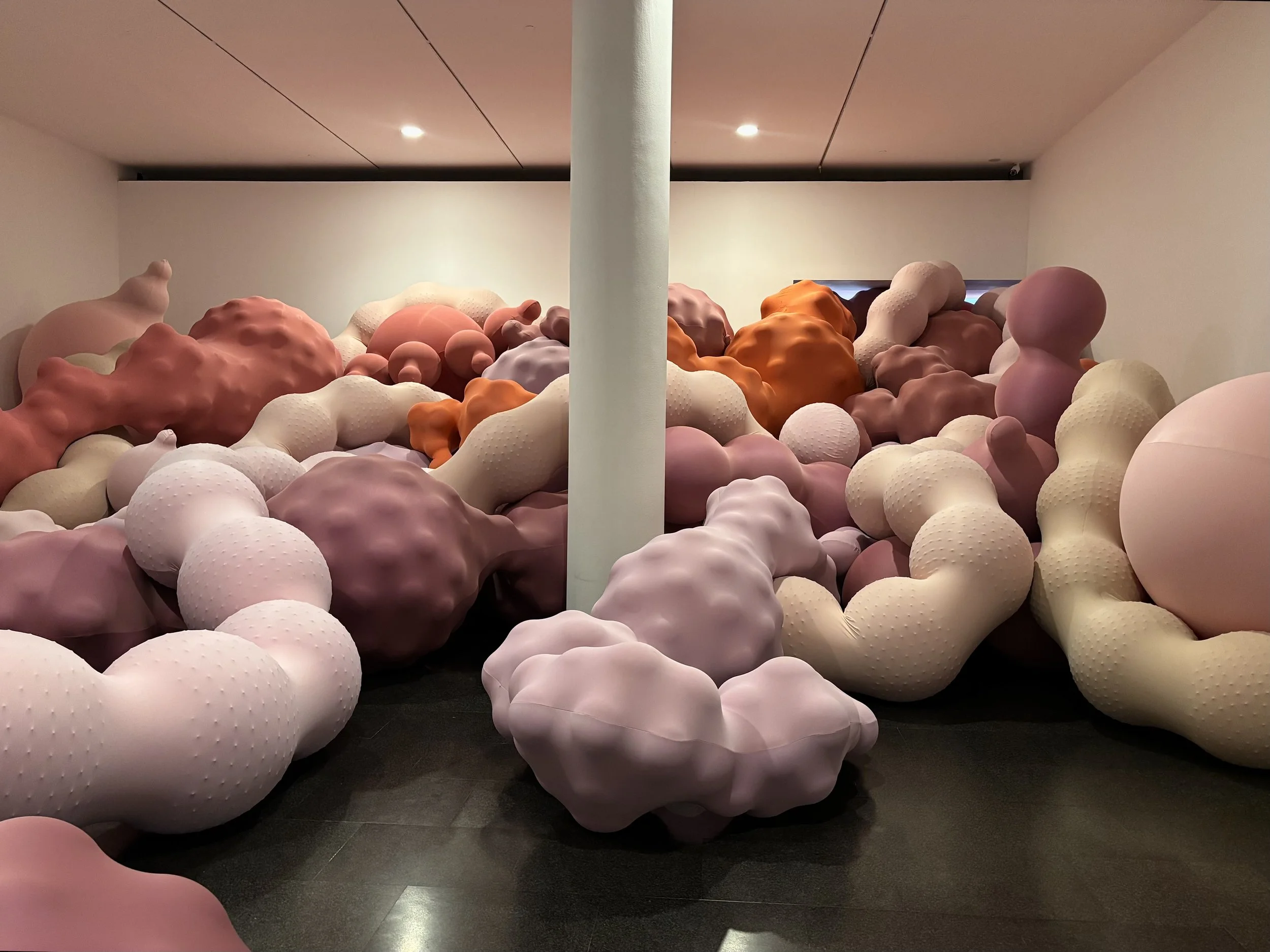In conversation with Kinnari Saraiya
“I’m interested in narratives that branch out of history but are riddled with gaps of knowledge, accounts, memory, through which I can speculate.”
- Kinnari Saraiya
Kinnari Saraiya.
We love an interdisciplinary talent. Kinnari Saraiya is a London-based Indian artist, curator, researcher, writer and folk dancer. Her curatorial practice aligns with the trans-altern, post-humanist thinking of the Global South, creating intersectional structures and ecologies of interdependence. She currently works as Curator at Somerset House and has held curatorial roles at Baltic Centre for Contemporary Art, and curated works at Frieze Art Fair and Bowes Museum. She is currently a guest curator at arebyte Gallery, where she has been working on the immersive, interactive exhibition Fragments of a Panorama, by pioneering Indian transmedia artists Murthovic (Sri Rama Murthy) and Thiruda (Avinash Kumar).
Fragments of a Panorama presents a kaleidoscope of worlds oscillating between a speculative future and an alternative past, combining spatial sound with immersive visuals consisting of 3D video games, AI art and motion captured dance, alongside an anthology of stories from India in 2079 AD. History, culture, science and society are playfully connected through the lens of emergent Indian electro-classical dance music – uniquely preserving Indian heritage through Murthovic and Thiruda’s compelling narrative.
arebyte Gallery’s programme pioneers new forms of engagement with creative technologies, to critically explore the impact of technology in contemporary society. Situated in the wonderful but somewhat under the radar neighbourhood of London City Island, we definitely think it’s worth a visit – and with this show on through the summer until October, now’s the time!
We spoke with Kinnari about her journey and brilliant curatorial insights.
How did you begin your journey into art? Did you grow up in a creative environment?
I think I was always surrounded by creativity without recognising it. I grew up in India, in the hustle bustle of Bombay where the art, the artisan and the everyday feed on each other. The temple we went to was exquisitely carved, we drew rangoli (patterns) on the floor with rice flour at home, there was a metalsmith near our building, so what I mean to say is that there was levels of creativity everywhere you looked. Art was in the everyday.
My mother also always wanted to be an artist, she used to make little things at home but never on a recognisable scale as art wasn’t a legitimate profession at that time, it barely is perceived as such today and I think it’s her that I am most inspired by. I started learning folk dance and dance theory when I was 5. It was fascinating to me that mudras (hand gestures) were a language of communication, emotional and verbal. Alongside, I learned the more traditional aspects of art like painting, sculpting, and printmaking.
Did you study in a conventional art college? Can you speak a little about your career trajectory to date?
I finished school and went straight to L.S Raheja School of Art to do a Diploma in Fine Art. I knew I wanted to go into the arts so I used the diploma to build a portfolio, applied for scholarships to pursue further education in the UK. I gained a first class BA (Hons) in Fine Art from Arts University Bournemouth with the support of a scholarship from the British Council and graduated in the pandemic, class of 2020. I was an international student with a temporary visa which expired soon after I graduated so I had to return home. I eventually applied for a Global Talent Visa and was lucky enough to have been deemed talented by the Arts Council England and granted the visa. It was while I was quarantined that I interviewed for the Frieze x Deutsche Bank Curatorial Fellowship at Baltic Centre for Contemporary Art and got the job!
What did your curatorial role at the Baltic Centre for Contemporary Art entail, and what about now at Somerset House?
My time at the Baltic Centre for Contemporary Art was incredibly enriching and dynamic. As an Assistant Curator, my role was multifaceted and involved a mix of hands-on curation, research, and community engagement. I worked there for 18 months as a fellow on various projects, learning from the incredible team there and eventually got promoted to Assistant Curator to co-curate Michael Rakowitz’s major commission and a group exhibition Stepping Softly on the Earth. More so, it was a major learning curve for me - learning how institutions work. Both institutions are commissions focused which has really helped in transitioning. I’ve recently joined Somerset House as Curator, really looking forward to expanding my practice at this fantastic institution!
We recently visited Fragments of a Panorama, an interactive exhibition at arebyte Gallery, by Murthovic & Thiruda. It was fantastic. Firstly, how did the collaboration come about, between yourself, the artists and the gallery?
I’ve known people at Arebyte for a while, especially Nimrod who I have a close mutual collaborator with. I’ve admired their work for quite some time, it’s become a dedicated space for artists working with technology in an expanded sense. It is experimental, developmental and really ahead of the curve in terms of new media technologies. I was selected to be part of Arebyte’s Hotel Generation programme in 2023, which is a programme that mentors the next generation of digital artists during the critical early stages of establishing a career in the arts. It was a few weeks of working on new ideas and a proposal for a solo exhibition at Arebyte, which I didn’t eventually win but curating the first solo exhibition of Murthovic and Thiruda is a nice enough legacy. As for the artists, I had heard about their work and live shows from several people in the arts, so when Nimrod approached me to curate their exhibition, I was delighted!
Murthovic & Thiruda, Fragments of a Panorama, 2024. Installation view, arebyte Gallery, London. Image: Devika Bilimoria.
What do you admire most about these two artists in particular?
One aspect that truly stands out to me is their process of fragmentation and reconstruction. They have this remarkable ability to take complex, seemingly disparate elements—whether it's ancient cultural practices, archival footage, or cutting-edge AI technology—and weave them into a cohesive and thought-provoking narrative. This method of working, which I like to think of as a form of creative ‘jugaad,’ shows their resourcefulness and adaptability, qualities that are incredibly inspiring.
The exhibition is incredibly immersive, and in many ways it works as a whole, incorporating the different artworks, however are there a couple of standout pieces you particularly like?
I really enjoy the first piece that you see walking in, Telematic Transmissions which is a video work reconfigured from Jayalakshmi Eshwar’s classical dance archives of the 80’s. Mrs. Eshwar is also Thiruda’s mother and a renowned dancer from India. What the artists have done is taken her archives and fed them into AI models to reimagine them in the future. I’m also very attracted to the language of dance encapsulated in gestures and movements that is perfectly captured in this work.
Two terms we came across in reading about and experiencing the exhibition – how would you define:
1. Indofuturism?
2. Archival Intelligence?
I much rather prefer South Asian futurism, which encapsulates a larger history and entanglement of cultures, religions and castes. South Asian Futurism is essentially imagining futures that reckons with, and even transcends, the legacies of colonialism, enslavement, and forced diaspora. Perhaps most importantly, the term South Asian futurism acknowledges the limits of time and place, while remaining aware that conjecture and imagination are two means of moving ahead, toward what is yet to come.
Archival Intelligence, in the context of Thiruda and Murthovic’s exhibition is a process of creating that merges archives of colonial era with artificial intelligence to reimagine them, to launch them into the future and to dismantle them.
Sometimes it feels very dystopian, and at other times hopeful, with regards to our future living alongside technology and AI. Is there a useful way to approach the exhibition as a visitor?
I would say, embrace it all - the dystopian, the hopeful, the scary, the inevitable. I think that’s the idea of their work. Even though we’re entering a space where technology is democratized and access to the internet and platforms of social force are available to everyone easily, we can’t ignore the new forms of control and bias it introduces. Colonialism isn't just a thing of the past; it's alive and well in our digital world. Traditional colonial powers aimed to dominate colonized peoples, and now, digital colonialism is doing something similar through the manipulation of digital ecosystems and infrastructure with biased algorithms.
Thiruda and Murthovic are flipping the script by using this language to create prompts that imagine alternative realities for India—perhaps one where colonizers never arrive?
Murthovic & Thiruda, Fragments of a Panorama, 2024. Installation view, arebyte Gallery, London. Image: Devika Bilimoria.
What would be your main takeaway, personally, from the exhibition?
I have learnt a lot from Murthovic and Thiruda in the process of working with them. They’re really curious as artists, always learning and testing new ways of collaborating with artificial intelligence. Their dedication to exploring the intersection of technology and creativity has shown me the potential of AI as a tool for artistic expression, rather than just a technical aid. It's fascinating to see how AI can be used to enhance and transform traditional art forms, creating something entirely new and unexpected.
As an artist yourself, can you tell us a bit about what themes and subjects inspire you creatively?
I’m interested in narratives that branch out of history but are riddled with gaps of knowledge, accounts, memory, through which I can speculate. As a worldbuilding curator and artist, I often think about how verbal and non-verbal language migrates and demands collaborative engagement between worldviews. World-building can provide a means of challenging dominant and oppressive systems because at its core it enables the act of imagining the otherwise, the unspoken.
What would be your dream project either to curate or create work for?
I’m really living the dream, I have some exciting projects coming up at Somerset House. I’m also partially involved in an upcoming studio that my all-time favorite mentor, collaborator and producer Helen Starr is building called Barren House in London. It’s going to be an experimental, idea generation box for new media innovation and thinking which uses AI animation technologies such as Game Engines and Virtual Reality to create moving image artworks. Thematics focus on untold stories, histories, speculative futures. There is the storyworld most of us live in. But there are others - other worlds and other ways of being-in-the-world. These will be the storyworlds of Barren House.
How long will Fragments of a Panorama be on show? Where next for Murthovic & Thiruda?
Fragments of a Panorama is on at Arebyte until 13th of October, please go and see the show! Murthovic and Thiruda are showing at 4A gallery in Australia later this year, in a totally different context but some works from Arebyte will be featured there. Other than that, I’m pretty sure they are back to testing new AI models and creating new works.
The [Quick] #FLODown:
Any upcoming projects of note that you can discuss?
Plenty at Somerset House that I can talk about just yet, some artistic projects and Barren House studio!
What have been the most rewarding moments of your career thus far?
It was when my parents visited and got to see the Bioscope in a museum, with my name on the label. It was rewarding to see them understand and experience what I do.
What’s the best advice you have ever received?
Whatever happens, happens for the best - the good and especially the bad.
Who are you outside of the ‘office’?
I’m often laying down on the grass, reading, thinking, and relaxing. Every so often I’m dancing!
What do you love about London?
It’s buzzing at all times. I’m from Bombay so I’m more familiar with a city that never sleeps.
Fragments of a Panorama runs at arebyte Gallery until 13 October. For more information please visit arebyte.com
Instagram: @kinnarisaraiya.










